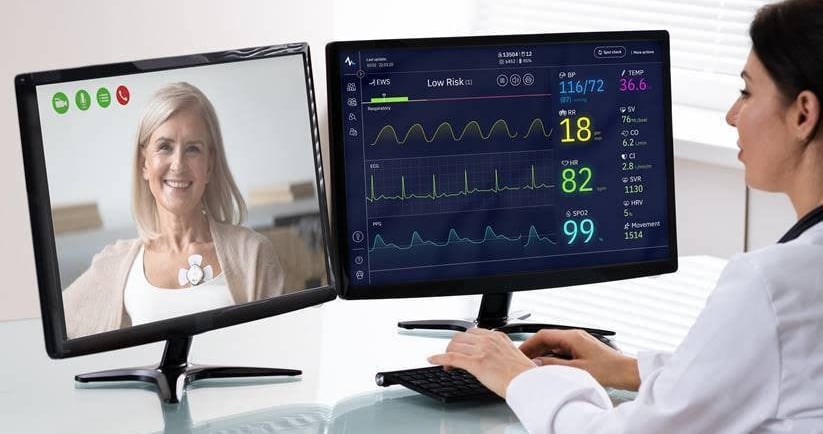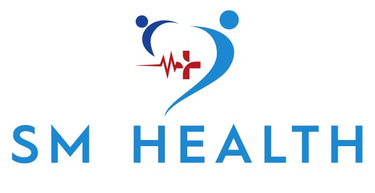Embracing the Future: Unveiling the Benefits of Remote Patient Monitoring
Discover how remote patient monitoring can improve patient outcomes, enhance care coordination, and reduce healthcare costs.
In a rapidly advancing era of healthcare, the integration of technology has opened new frontiers for patient care. One such groundbreaking development is Remote Patient Monitoring (RPM), a game-changing approach that brings healthcare to the fingertips of patients. This blog post explores the myriad benefits that Remote Patient Monitoring offers in revolutionizing the way we manage and deliver healthcare.
Real-time Health Tracking: Remote Patient Monitoring provides a continuous stream of real-time health data, allowing healthcare providers to monitor patients' vital signs, symptoms, and other relevant metrics without the need for regular in-person visits. This instantaneous feedback enables early detection of potential issues and timely intervention.
Improved Chronic Disease Management: For individuals with chronic conditions, RPM offers a lifeline. Continuous monitoring of key health parameters allows for proactive management of chronic diseases, reducing the risk of complications and hospitalizations. Patients can receive personalized care plans and interventions tailored to their specific needs.
Enhanced Patient Engagement: Remote Patient Monitoring fosters active patient engagement by involving individuals in their own healthcare journey. Patients can access their health data, set goals, and participate in decision-making, creating a sense of empowerment and responsibility for their well-being.
Reduced Healthcare Costs: By preventing unnecessary hospital visits and emergency room admissions, Remote Patient Monitoring contributes to significant cost savings in the healthcare system. Early detection of issues, timely interventions, and improved disease management lead to a more cost-effective and efficient healthcare delivery model.
Convenience and Comfort: Patients benefit from the convenience of monitoring their health from the comfort of their homes. This eliminates the need for frequent hospital visits, especially for those with mobility challenges or living in remote areas. RPM provides a more patient-friendly approach to healthcare.
Timely Intervention and Personalized Care: The real-time data provided by RPM enables healthcare providers to intervene promptly when needed. Customized care plans can be adjusted based on individual patient data, ensuring that interventions are tailored to specific health needs, ultimately improving outcomes.
Scalability and Accessibility: Remote Patient Monitoring extends healthcare beyond geographical boundaries. It offers a scalable solution that can be accessed by patients in rural or underserved areas, promoting inclusivity and broadening the reach of healthcare services.
As we stand on the cusp of a healthcare revolution, Remote Patient Monitoring emerges as a beacon of innovation, transforming the way we perceive and deliver healthcare. From improved chronic disease management to enhanced patient engagement and cost savings, the benefits of RPM are vast and promising. Embracing this technological leap not only empowers patients but also paves the way for a more efficient, accessible, and patient-centric healthcare future.


